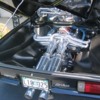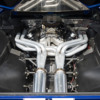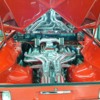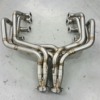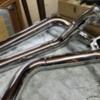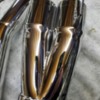Just wondering which one or combo of these would be best to prevent ruining my paint with my 180 header install.
I am leaning towards ceramic coating the entire exhaust and then adding heat wrap to the pieces closest to the decklid.
Thoughts? Preference on heat wrap brands?
Original Post


